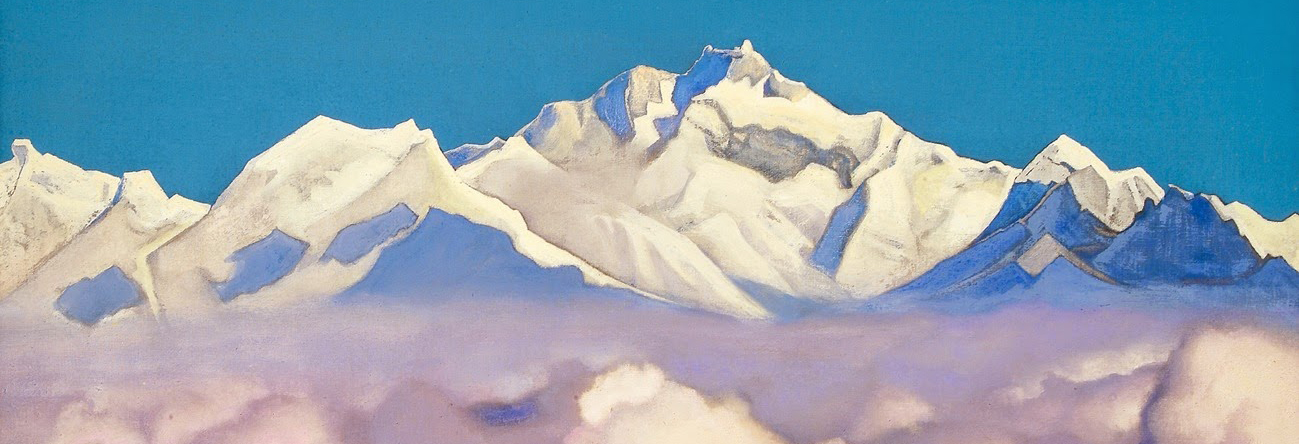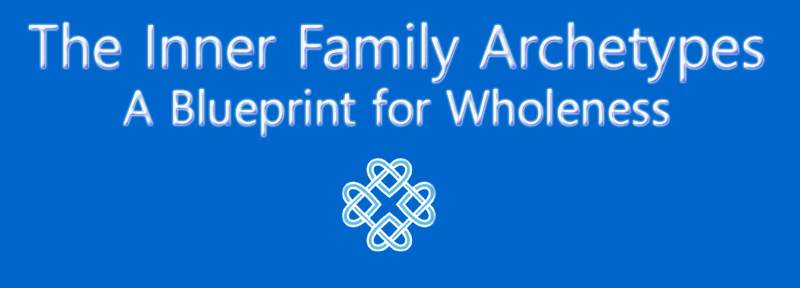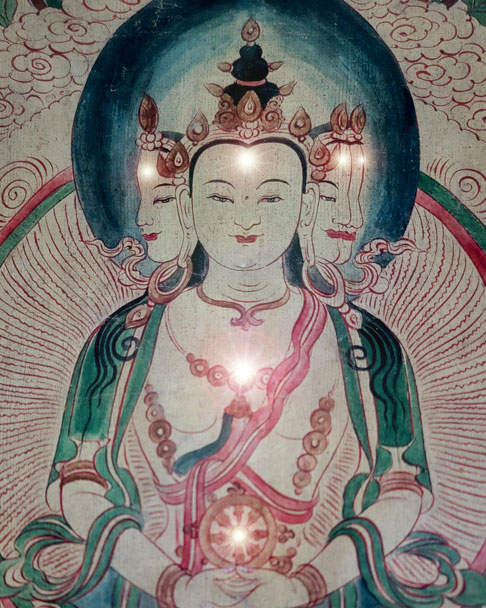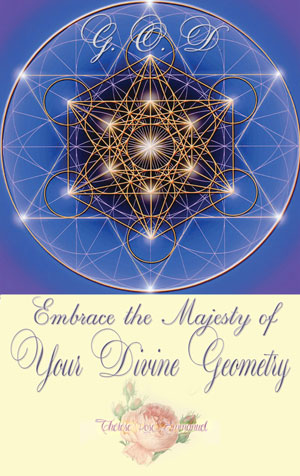

Welcome to a soul liberating and transformative calling.
“Psyche” is the Greek word for soul. Each of us has a divine blueprint that our soul is intended to fulfill. As we embark on a profound journey of self-transformation, we become more of who we really are and expand the fire of the heart. We can follow the path of adeptship taught in ancient mystery schools, that empowers us to step beyond our limited human consciousness. This is the true goal and purpose of psychology— the science of the soul!
Four energies govern the universe and how we interface with it. These energies are best described as Father, Mother, Boychild and Girlchild, and play out in our psychology in both loving and unloving ways.
People imprint one of these energies more strongly than the others at the level of their superconscious, conscious, subconscious and unconscious mind. The particular energetic pattern that we function through is our personal archetypal pattern. Knowing this archetypal pattern helps us to better understand how we think, feel and relate to others. It also reveals our deepest aspirations, our hidden vulnerabilities, and even the way in which you perceive God.
Knowing our specific Inner Family Archetype pattern is the first step towards greater wholeness and building healthy relationships. It helps us to understand how to transcend subconscious and unconscious habits that sabotage us, and how to download the superconscious blueprint from our higher self.
When we discover our personal archetypal pattern, we can learn to transform our weaknesses into strengths and become our best self for any given circumstance. Then, we will begin to discern the archetypes that other people function through, so we can relate to them in a more effective and compassionate way.This is very powerful, and actually life-changing.

You have patterned one of these energies more strongly than the others at the level of your superconscious, conscious, subconscious and unconscious mind. The particular energetic pattern you outpicture is your personal archetypal pattern.Knowing your archetypal pattern helps you to better understand the way in which you think, feel and relate to others. It also reveals your deepest aspirations, your hidden vulnerabilities, and even the way in which you perceive God.
When you discover your personal archetypal pattern, you can learn to transform your weaknesses into strengths and become your best self for any given circumstance. Then, you will begin to discern the archetypes that other people function through, so you can relate to them in a more effective and compassionate way.This is very powerful, and actually life-changing.
The conscious and subconscous precipitation or placement of these archetypal energies gives us eight primary personality types.
You can read more about these archetypal personality patterns here.

Do you feel a calling to scale the mountain of self and shepherd others on the homeward path?
High in the Himalayan mountains, sherpas carry unbelievable weights over great distances, laughing as they go. They are renowned for their strength, courage, and joviality.They are courageous, cheerful, and willing to put their life on the line.
Sherpas scale the highest summits, guiding others beyond all self-limitation. To climb the highest mountain is their passion. They embody the maxim “The trek upward is worth the inconvenience.” Their good-heartedness and gaiety is contagious.
Like the Himalayan sherpas, we have a Radiant Sherpa calling. We each have our own Everest to climb, and people who count on us to help them move forward. Come rain or shine, we press on. We are not afraid to take the high road, to pursue self-improvement, and to become shining examples.
Becoming a radiant sherpa means to become adepts of life, to help others on their journey home, and to strive to greet adversity with gratitude. It means sacrificing the "not-self," embracing our higher self, serving others, and surrendering to the divine blueprint that waits to download into our life. The radiant sherpas make every effort to live by twelve principles.

Exploring our psychology is an important and sacred adventure. The true purpose of psychology is to restore our soul's connection to God by overcoming negative childhood training and by healing personality conflicts with others. We are"Gods" in the making, and souls evolving towards the light. As we move forward in life, the fundamental principles of the golden age psychology can help us to heal emotionally, accelerate spiritually and shine in our service to life.
At the deepest levels of being, we are both masculine and feminine. We are both child and adult. We are both human and divine. We can move from engaging our unloving archetypes, to expressing our loving archetypes and then ultimately our divine archetypes. This is the golden age psychology, where we engage in a practical application of the ancient transformative spiritual initiation, that allows us to realize our wholeness.
The more we practice the presence of our four loving inner family archetypes, the more we discover the four divine archetypes hiding behind them. We discover that our real self is actually a fourfold divine being who appears through the Divine Father, the Divine Mother, the Divine Boychild (Christ), and the Divine Girlchild (Holy Spirit).
You can read more about this in The Four Faces of God Shine Through Me.
Welcome to the Golden Age Psychology.
Featuring art by Nicholas Roerich
Website copy and design Therese Rose Emmanuel
More websites for Lightbearers Worldwide


















